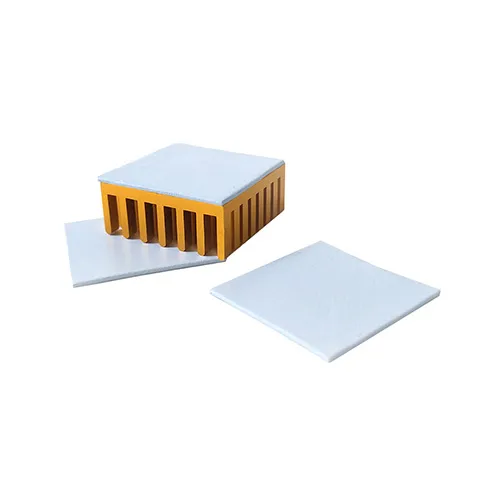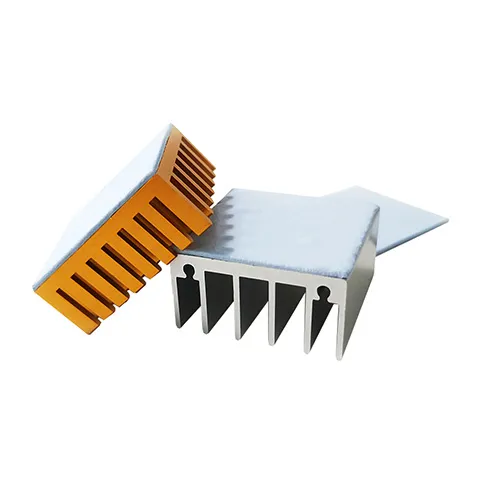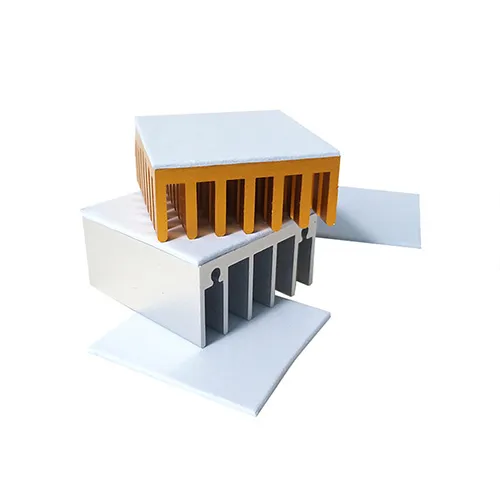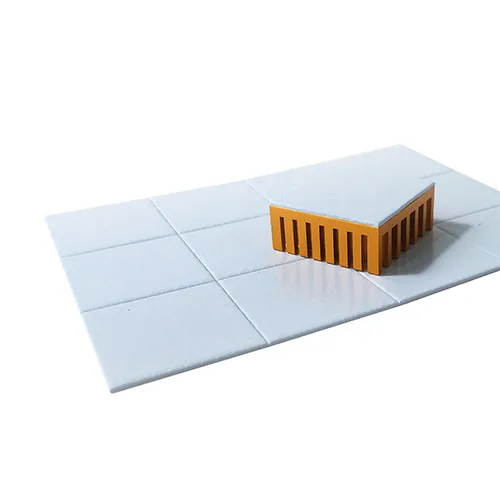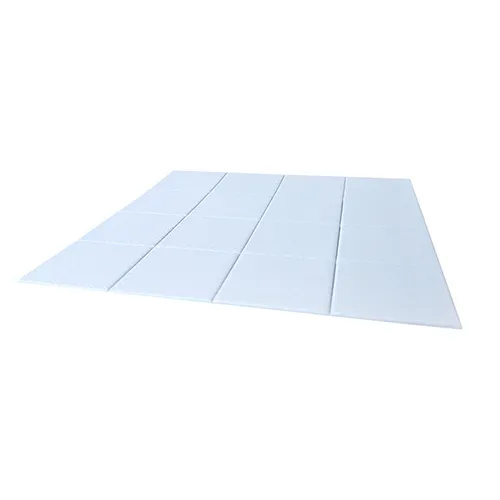In accordance with the European Union’s General Data Protection Regulation (GDPR), we are committed to safeguarding and ensuring your control over your personal data. By clicking “Accept All” you are permitting us to use cookies to enhance your browsing experience, assist us in analyzing website performance and usage, and deliver relevant marketing content. You can manage your cookie settings below. By clicking “Confirm” you are agreeing to the current settings.
TG-A6200 Ultra Soft Thermal Pad
- High thermal conductivity
- High compressibility and compliancy
- Natural tack
By using a special process, we use the silicone as the base material, adding thermal conductive powder and flame retardant together to make the mixture to become thermal interface material. This is effective in lower the thermal resistance between the heat source and the heat sink.
TG-A6200 thermal pad with 6.2W/m•K and it can perfectly attach to the heat source. With good thermal conductivity, high compressibility, self-adhesion and insulation.
Technology is changing day by day, and electronic components are becoming smaller and smaller. But the electronic products and components function also getting bigger and bigger, due to more usage electronic products and components heat is getting higher and higher. To solve the heating problem it’s time to use T-Global “TG-A6200” Ultra Soft Thermal Pad to reduce the heat source and fill the air gap between the heat sink and components. This Thermal pad achieves and results from a good heat transfer effect. All the heat dissipation starts from the heat conduction, the heat conduction of TG-A6200 with a coefficient of 6.2W/m•K It’s an Ultra Soft Thermal Pad that meets the requirements of middle and low-end anti-heat and belongs to the middle-end flagship thermal conductive silicon film.
Application:
Electronic components - 5G, Aerospace, AI, AIoT, AR/VR/MR/XR, Automotive, Consumer Devices, Datacom, Electric Vehicle, Electronic Products, Energy Storage, Industrial, Lighting Equipment, Medical, Military, Netcom, Panel, Power Electronics, Robot, Servers, Smart Home, Telecom, etc.
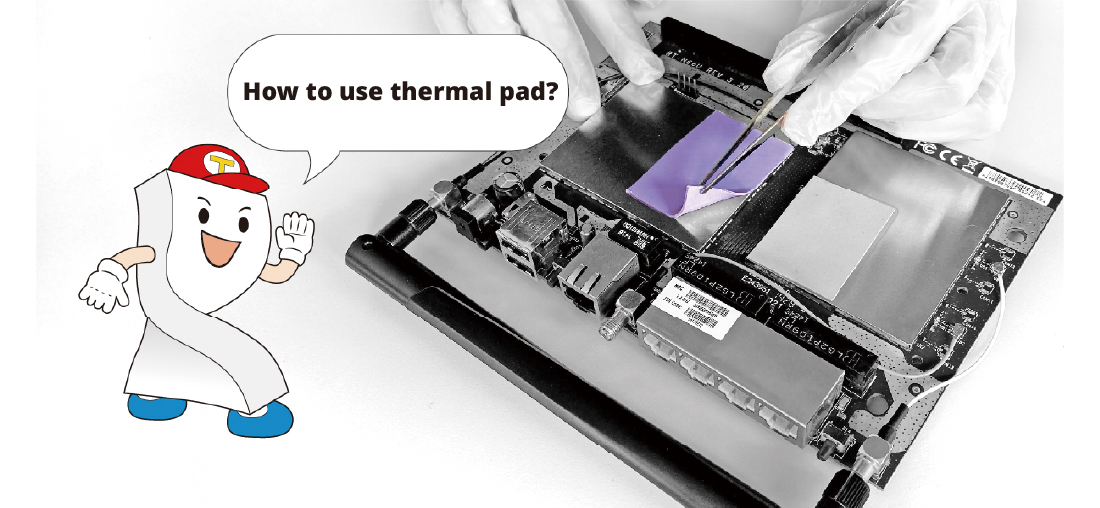
Tearing off the release paper.
Attach the thermal pad to the heat source.
Remove the protective film.
Apply components onto the exposed part.
Thermal Conductivity
Dielectric Breakdown Voltage
Hardness

